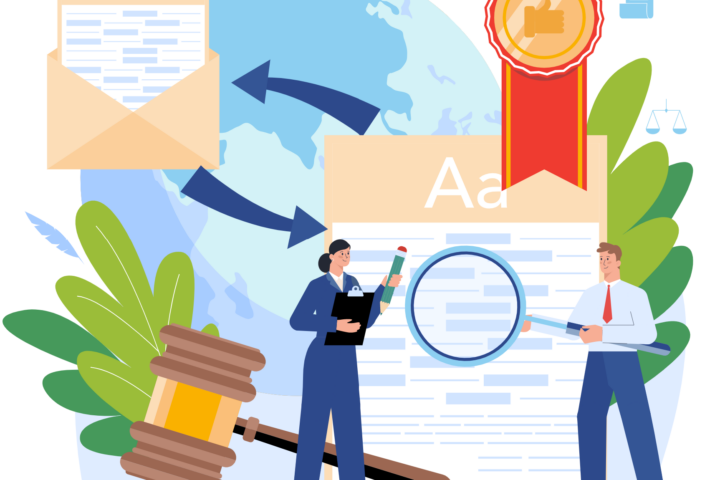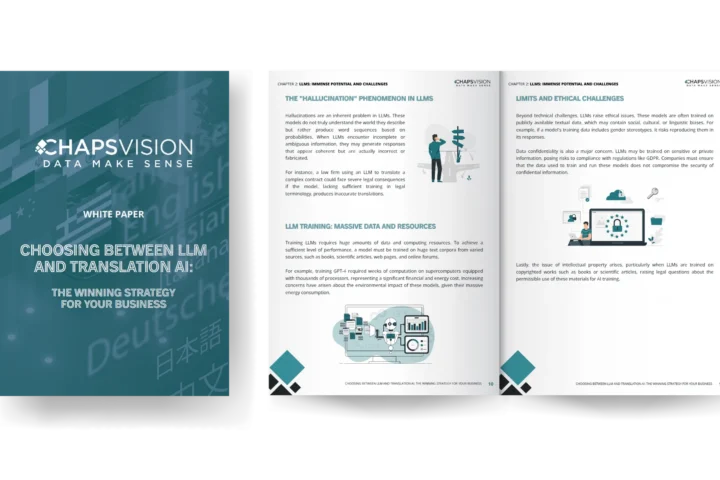If you are developing an app, localization is essential to reach a global market. Here are a few ways to improve the app localization process to get a better end product while saving time and money.
Consider Localization at Every Stage of Development
The best localization strategy happens when you continually keep in mind how localization will affect what you are creating or designing. Layout, UX/UI design, and copy throughout your app can be affected by localization. By considering localization during the entire process, you’ll be able to avoid common pitfalls.

Some common localization issues you can address early in development include:
- Text placement and size – Some languages are more compact than others. For example, the simple phrase “I am going to the grocery store” takes 31 characters to write. In simplified Chinese, it is condensed down to only six characters (我要去杂货店).
As part of your design, you need to consider how translation will affect text wrapping to ensure that the user can easily read all of the translated text.
- Language layout – In English, we read top to bottom, left to right, but that isn’t the same for every language. Arabic, Aramaic, Kurdish, Farsi, Urdu, and Hebrew read right to left. Additionally, some languages read bottom to top AND right to left, like Mongolian and some dialects of Japanese and Korean.
How the end user reads and interacts with your app directly impacts UI/UX design and should be considered early in development.
- Idioms and colloquialisms – Translation becomes complicated when the original text uses idioms and colloquialisms because a direct translation will not mean the same thing to another audience. For example, in English, we know if someone tells us to “break a leg,” they’re wishing us good luck. However, that idiom doesn’t exist in other languages.
If you aren’t careful with your language and translation, you could have some very confused users when the app tells them to go and break their legs.
- Adopted words – English is a melting pot of languages. We’ve adopted Spanish, German, French, Korean, Japanese, and Chinese words, keeping some with their original pronunciation and spelling while Anglicizing others. Localization and translation can struggle with these words because of their complex history and how they fit into English.
By being aware of those adopted words throughout the development of your app, you can make translation easier during localization.
- Exaggerations – English is a language of hyperbole. We don’t just say something is small; we say that it’s tiny, microscopic, itty-bitty, or minuscule. There is no such number as a bazillion or gazillion, but we all know we use those to mean an innumerable amount of something.
In English, exaggeration is so essential in our language we barely think about it, but other languages don’t share this quality. Other languages are much more literal in their descriptions, where exaggeration is rarely used or not accepted at all.
Hide Duplicates
If your app has both iOS and Android versions, there will be a lot of duplicate content between the versions. Rather than having to translate and localize the same content twice, you can hide any duplicate information. This helps you save time from having to translate the same content twice during mobile app localization and ensures consistency between both versions.
Unify Placeholders in Strings
Android and iOS use slightly different placeholders in strings. If you don’t take the time to unify placeholders, you have to translate each string individually. By unifying placeholders, you can identify the string as duplicates between versions, hide duplicate information, and only have to translate and localize the string once.
Focus on One Localization at a Time
It is a great idea to have your app available in 20 different languages, but you don’t have to tackle the entire global market all at once. Rather, focus on one localization at a time. This helps you ensure the quality of each localization and reduces any potential confusion when trying to manage multiple projects simultaneously.

Choose SYSTRAN
SYSTRAN is the industry leader in machine translation solutions and is the industry standard in providing fast, reliable, and accurate translations. Contact us today and learn more about how SYSTRAN can help streamline the localization process for your app.






